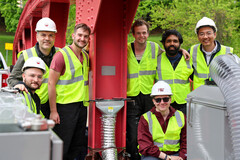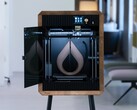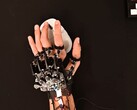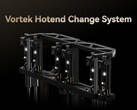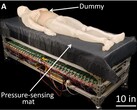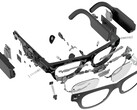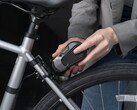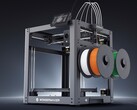According to the 2024 report from the American Society of Civil Engineers (ASCE), of the 623,218 bridges in the United States, 49.1% (~305,005) are in fair condition and 6.8% (~42,379) are in poor condition. The report estimates that repairing these bridges would cost approximately $191 billion.
This new development could address one of the biggest headaches in infrastructure maintenance — logistics. Currently, repairing a corroded bridge section often involves cordoning off the area, a process that is expensive and a nightmare for commuters.
This achievement came in a study of the feasibility of 3D printing for highway infrastructure construction and maintenance, part of a MassDOT research program. The researchers demonstrated the first use of cold spray 3D printing to repair a steel bridge in Great Barrington, Massachusetts, the achievement was posted on MIT News on June 20, 2025.
Here is a simplified description of the process:
- Accelerating fine particles of steel powder using heated compressed gas
- Spraying them onto the damaged area
- Repeating the process in layers to rebuild lost material and restore structural strength
The researchers are optimistic about the technique's potential. The team plans to conduct further analysis on the repaired section after the Great Barrington bridge is demolished as part of a planned replacement. The data gathered will provide crucial insights into the long-term durability and performance of the cold spray repairs. If the results are as positive as expected, this method could become a standard tool for civil engineers, ensuring bridges remain safe and functional for decades to come.
The Scrib3D P1 3D (curr. $34.99 on Amazon) printing pen provides an affordable means to experience and participate in additive manufacturing.
Source(s)
ASCE, MIT News, and the Massachusetts government




